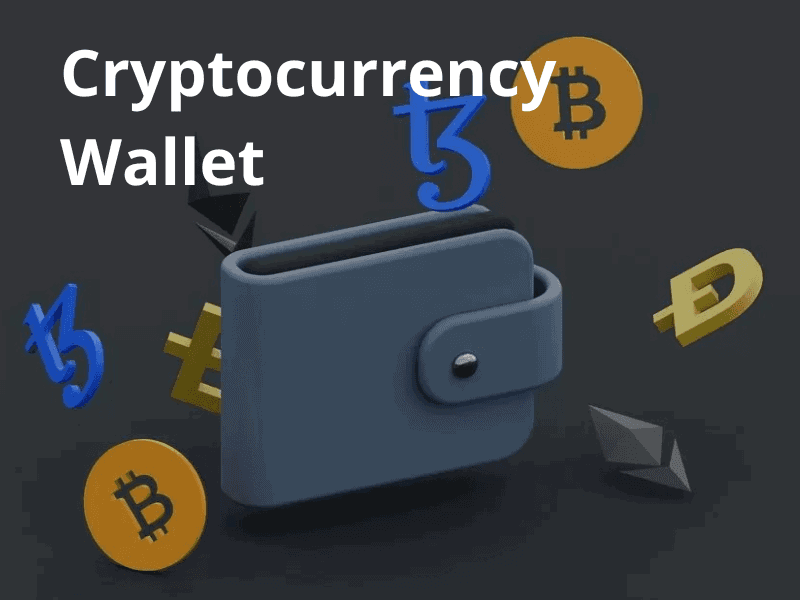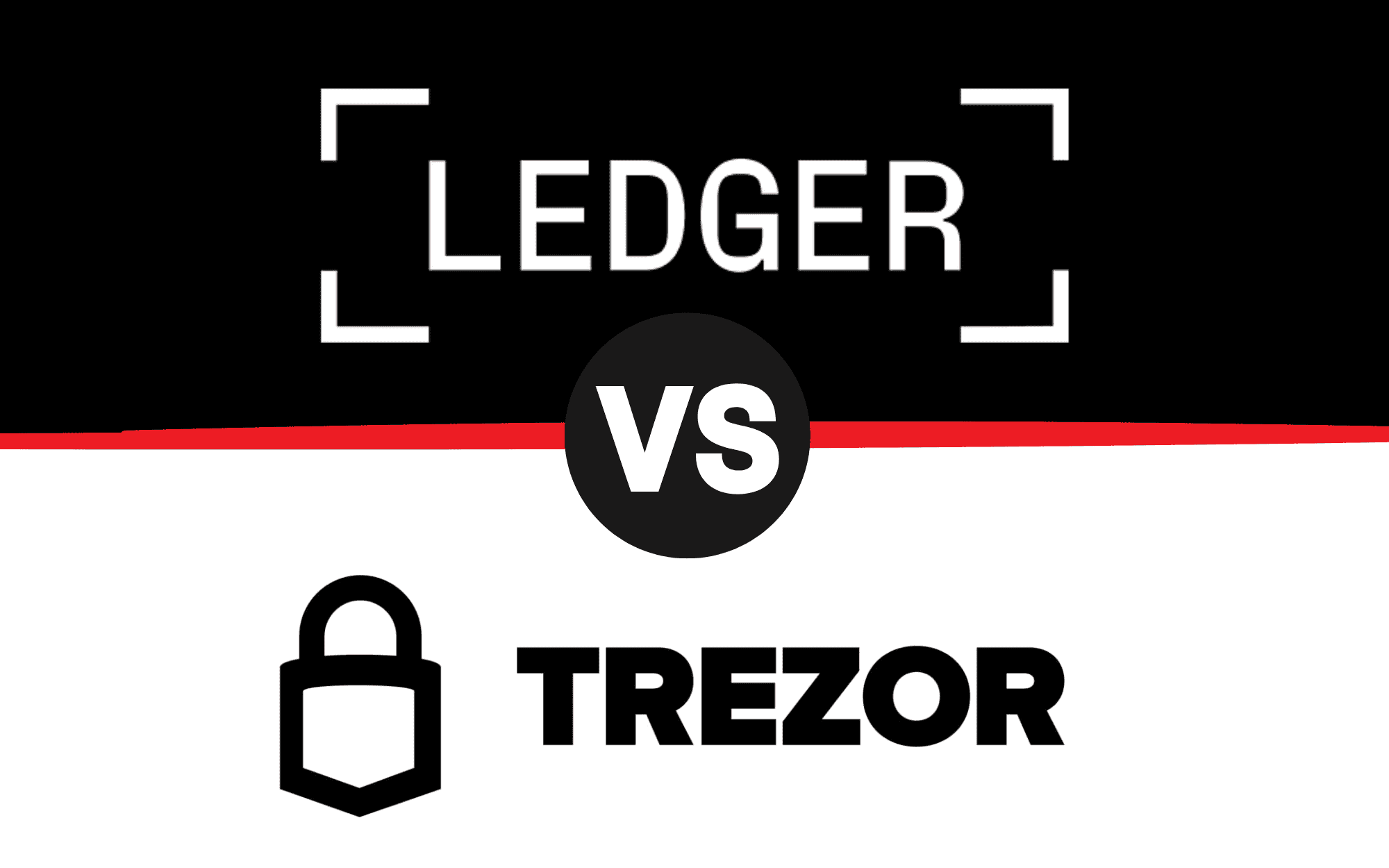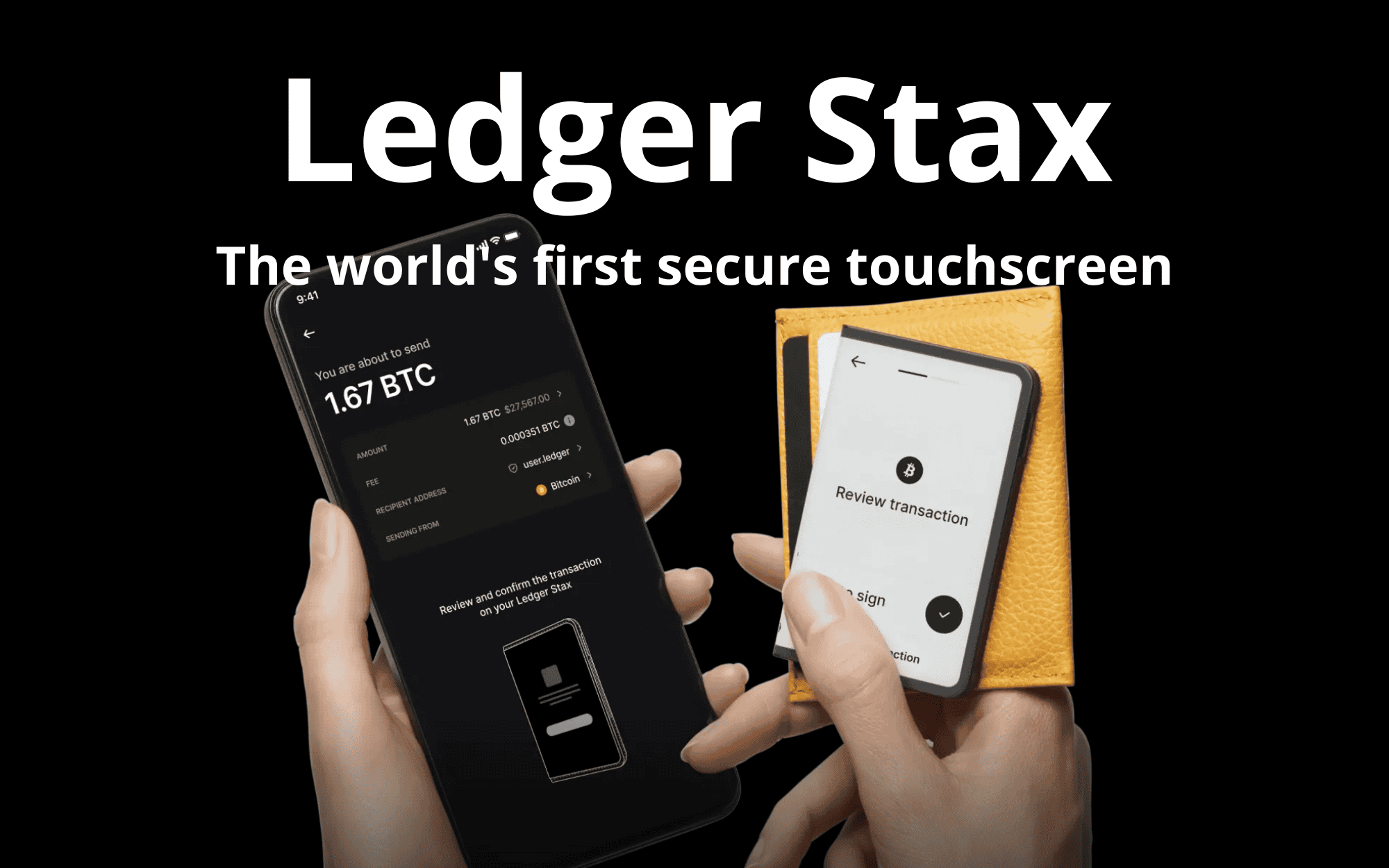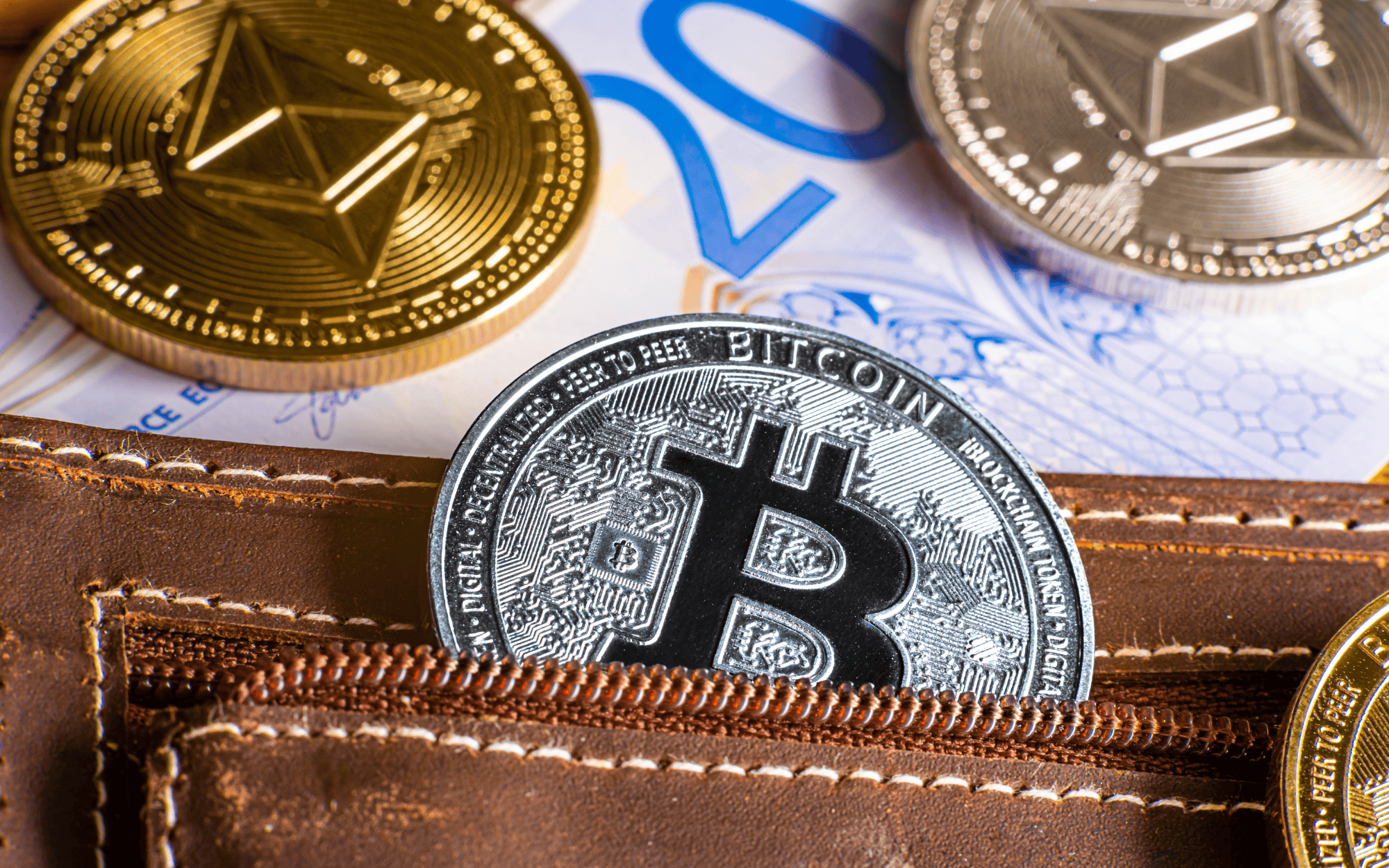Choosing a secure cryptocurrency wallet is one of the most critical steps in safeguarding your digital assets. With the increasing popularity of cryptocurrencies, the need for reliable storage solutions has become more vital than ever. A cryptocurrency wallet not only holds your digital assets but also protects your private keys, the gateway to your crypto holdings.
Cryptocurrencies are decentralized by nature, meaning there is no central authority to recover your funds if they are lost or stolen. This makes the responsibility of choosing and managing a secure wallet even more crucial. Without a reliable wallet, your investments are at risk of hacking, phishing attacks, and other malicious threats.
A secure cryptocurrency wallet should provide the perfect balance between accessibility and security. For frequent traders, hot wallets offer convenience, but they come with risks due to their connection to the internet. Cold wallets, on the other hand, are ideal for long-term storage and provide robust protection against cyber threats.
Additionally, understanding the basics of how wallets function and how to handle private keys is essential for any cryptocurrency user. By educating yourself about wallet security, you not only protect your current investments but also ensure a safer experience as you expand your portfolio.
This guide will explore the types of cryptocurrency wallets, the key factors to consider when choosing one, and the best practices to ensure maximum security for your funds. Whether you’re a beginner or an experienced crypto enthusiast, understanding how wallets work is crucial to protecting your investments. Learn more about cryptocurrency basics
Types of Cryptocurrency Wallets: Understanding Your Options
Cryptocurrency wallets fall into two main categories: hot wallets and cold wallets. Each type serves distinct purposes and offers unique security features. Understanding their differences is vital for selecting the right wallet for your needs.
1. Hot Wallets
Hot wallets are digital wallets connected to the internet, making them ideal for frequent transactions. They are accessible via web browsers, mobile apps, or desktop software, offering convenience and ease of use.
Advantages:
Immediate access to funds.
Seamless integration with decentralized applications (DApps).
User-friendly interfaces suitable for beginners.
Despite their advantages, hot wallets come with significant security risks. Being connected to the internet makes them susceptible to hacking, phishing, and malware attacks. Users must exercise caution by implementing strong passwords, enabling two-factor authentication (2FA), and keeping wallet software updated.
Examples:
MetaMask: A browser extension popular for interacting with Ethereum-based DApps.
Trust Wallet: A versatile mobile wallet supporting multiple cryptocurrencies.
2. Cold Wallets
Cold wallets, on the other hand, are offline wallets designed for maximum security. These include hardware wallets and paper wallets, offering an extra layer of protection by keeping private keys disconnected from the internet.
Advantages:
Immune to online hacking attempts.
Suitable for long-term storage of large crypto holdings.
Cold wallets are ideal for users prioritizing security over convenience. However, they require careful handling to avoid physical damage or loss. Backup copies of recovery phrases should be stored securely to mitigate risks.
Examples:
Ledger Nano X: A premium hardware wallet with advanced security features.
Trezor Model T: A cold wallet offering robust encryption and a user-friendly interface.
Combining hot and cold wallets can be an effective strategy to balance convenience and security. For instance, you might use a hot wallet for daily transactions and a cold wallet for long-term storage.
Our findings suggest that a diversified approach provides better protection against a wide range of threats while ensuring accessibility for routine activities.
Key Features of a Secure Cryptocurrency Wallet
A secure cryptocurrency wallet must prioritize user safety and operational efficiency. Based on our research, these are the critical features every secure wallet should have:
1. Private Key Control
The cornerstone of wallet security is control over private keys. A wallet that provides exclusive access to your keys ensures full ownership of your assets. Popular wallets like Trezor and Ledger emphasize this feature, making them top choices for secure storage.
Private key control also eliminates reliance on third parties. Custodial wallets, often provided by exchanges, do not give users access to their private keys, leaving assets vulnerable in case of exchange hacks or closures.
2. Multi-Factor Authentication (MFA)
MFA significantly enhances wallet security by requiring additional verification methods, such as biometric data or one-time passwords (OTPs). For instance, wallets like Trust Wallet incorporate MFA to protect users from unauthorized access.
MFA acts as an extra layer of defense, ensuring that even if your password is compromised, unauthorized access remains challenging.
3. Backup and Recovery Options
Secure wallets offer robust backup mechanisms, such as recovery phrases or encrypted backups. Storing recovery phrases offline is a recommended best practice to safeguard against loss or theft.
Wallets that provide step-by-step recovery processes are particularly user-friendly, helping even beginners restore their funds in case of a mishap.
4. Compatibility and Accessibility
Wallets should support multiple cryptocurrencies and blockchain networks. For example, MetaMask and Exodus Wallet excel in their compatibility, accommodating a broad range of digital assets.
For users managing diverse portfolios, compatibility is a crucial consideration. A wallet’s ability to handle multiple tokens and blockchains streamlines asset management.
5. User Experience and Support
An intuitive interface and accessible customer support are vital, especially for beginners. Wallets like Coinbase Wallet provide comprehensive tutorials and responsive support teams.
By focusing on these features, you can choose a wallet that aligns with your specific needs and enhances the security of your crypto holdings.
Best Practices for Cryptocurrency Wallet Security
Based on our findings, implementing these best practices can further enhance wallet security and reduce the risks associated with managing cryptocurrencies:
Use Strong Passwords Create complex, unique passwords for your wallets. Avoid using easily guessable information like birthdates or names. Tools like password managers can help generate and store secure passwords.
Enable Two-Factor Authentication (2FA) Opt for wallets offering 2FA or biometric authentication for an added security layer. For instance, Google Authenticator and Authy are popular apps for enabling 2FA.
Regular Software Updates Keep your wallet software updated to address vulnerabilities and improve functionality. Developers frequently release patches to fix known issues and enhance security.
Avoid Public Wi-Fi Refrain from accessing wallets over unsecured public networks to reduce exposure to cyber threats. If necessary, use a virtual private network (VPN) for added protection.
Store Backup Phrases Securely Write down recovery phrases and keep them in multiple secure locations, such as safes or safety deposit boxes. Avoid storing them digitally to prevent unauthorized access.
Beware of Phishing Attacks Always verify the authenticity of emails, links, and wallet apps before entering sensitive information. Cybercriminals often create convincing replicas to steal user credentials.
By adhering to these practices, you can significantly reduce the risks of losing your cryptocurrency and ensure the safety of your investments.
Final Thoughts
After thorough research, our team concludes that the ideal secure cryptocurrency wallet depends on individual needs. For active traders, hot wallets like MetaMask offer unparalleled convenience. However, for those prioritizing long-term storage, cold wallets like Ledger Nano X or Trezor Model T provide unmatched security.
While hot wallets are suitable for everyday use, their connection to the internet makes them vulnerable to attacks. Cold wallets, despite being less convenient, excel in protecting large crypto holdings from online threats.
Combining the strengths of both wallet types ensures a balanced approach, catering to frequent transactions and secure storage simultaneously. This hybrid strategy allows users to maintain flexibility while safeguarding their assets.
By following the best practices outlined in this guide, users can confidently safeguard their digital assets against emerging threats. Regularly updating your knowledge about wallet security is equally important, as the crypto landscape continues to evolve.
FAQ
What is the safest type of cryptocurrency wallet?
Cold wallets, such as hardware wallets, are considered the safest due to their offline nature, protecting them from online threats.
How do I back up my cryptocurrency wallet?
Most wallets provide a recovery phrase during setup. Write this phrase down and store it securely offline in multiple locations.
Are mobile wallets secure for cryptocurrency storage?
Mobile wallets can be secure if used with strong passwords, 2FA, and regular updates. However, they are less secure than cold wallets for large holdings.
Can I use multiple wallets for my cryptocurrencies?
Yes, using multiple wallets is recommended to diversify storage and minimize risks. Combining hot and cold wallets is an effective strategy.
How often should I update my wallet software?
Regular updates are crucial. Enable automatic updates or check for new releases at least once a month to ensure security.












